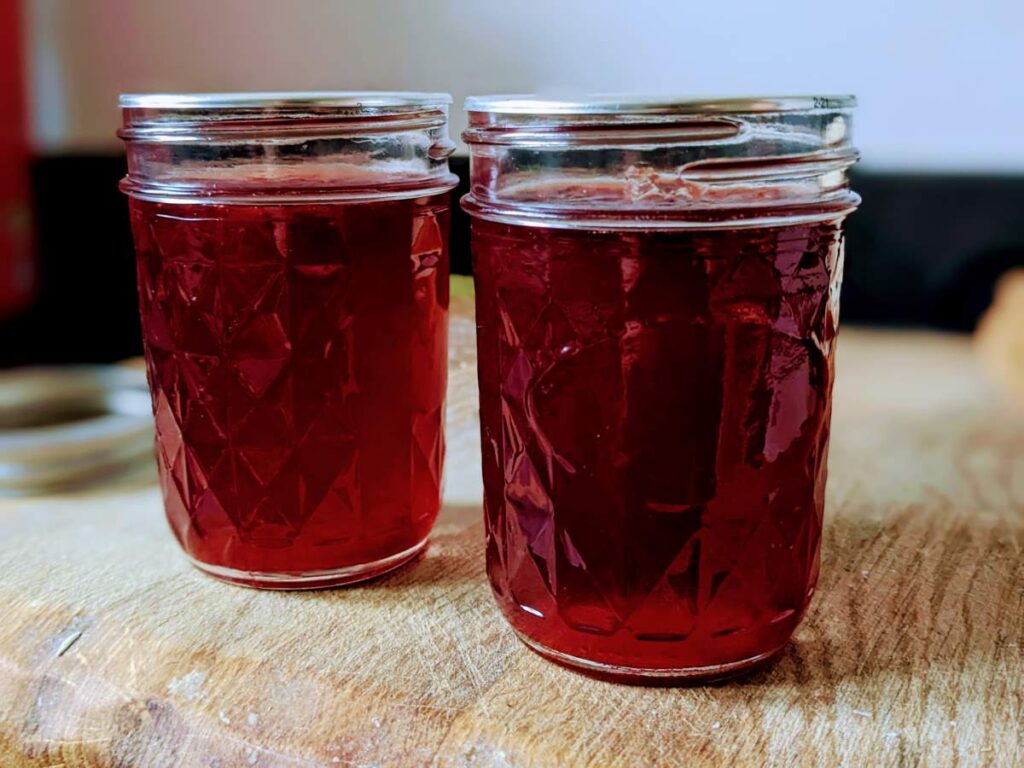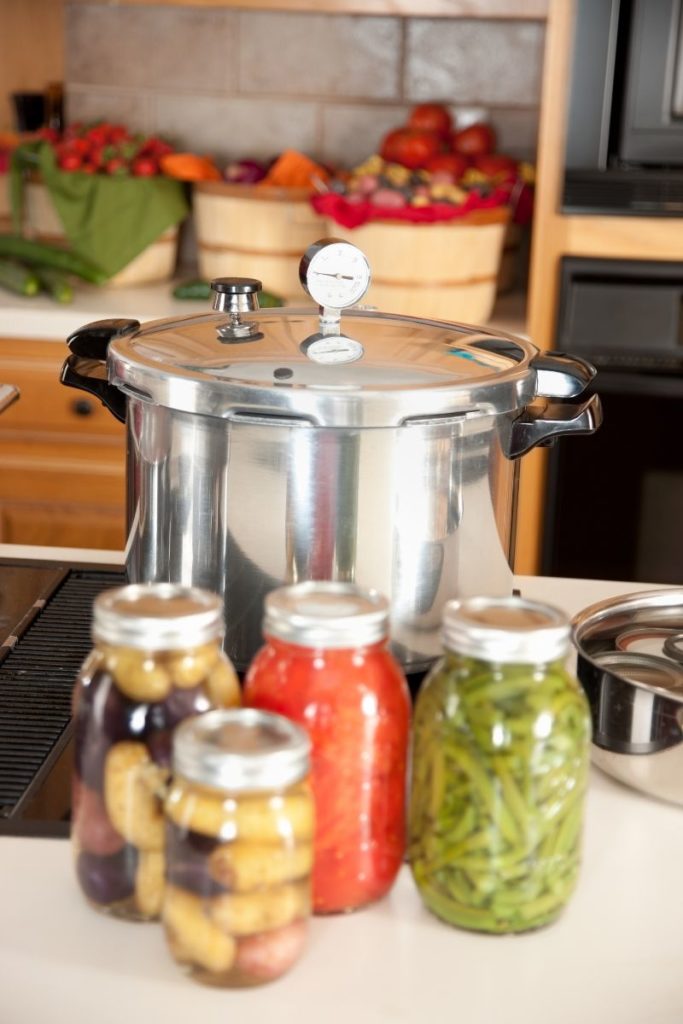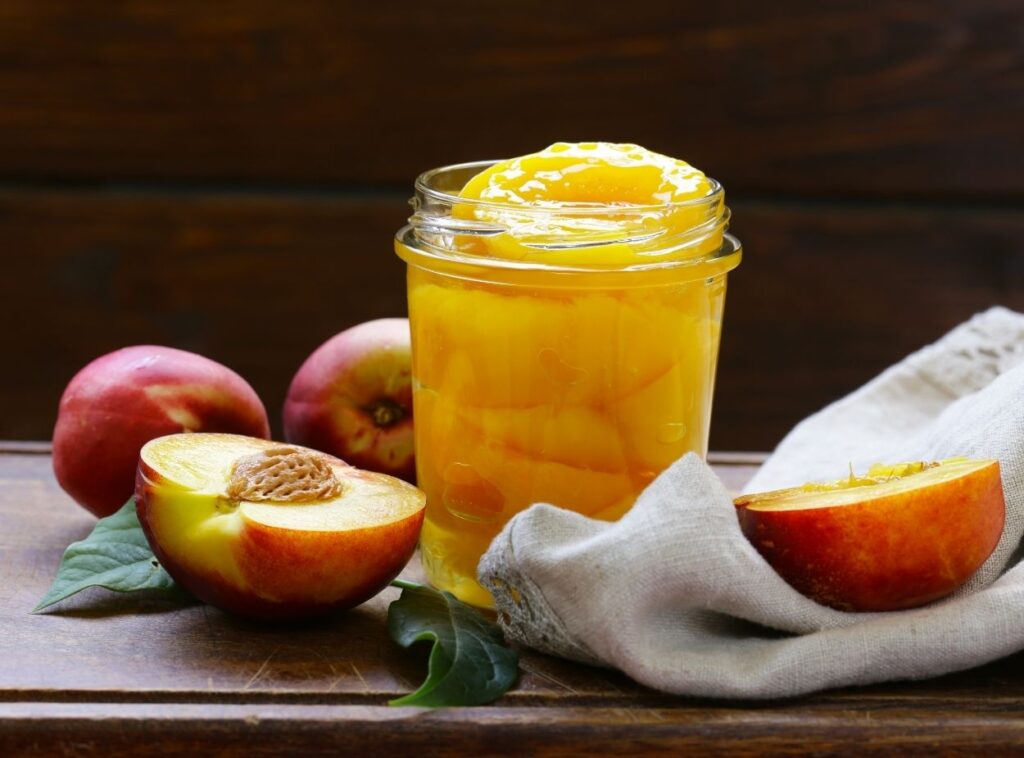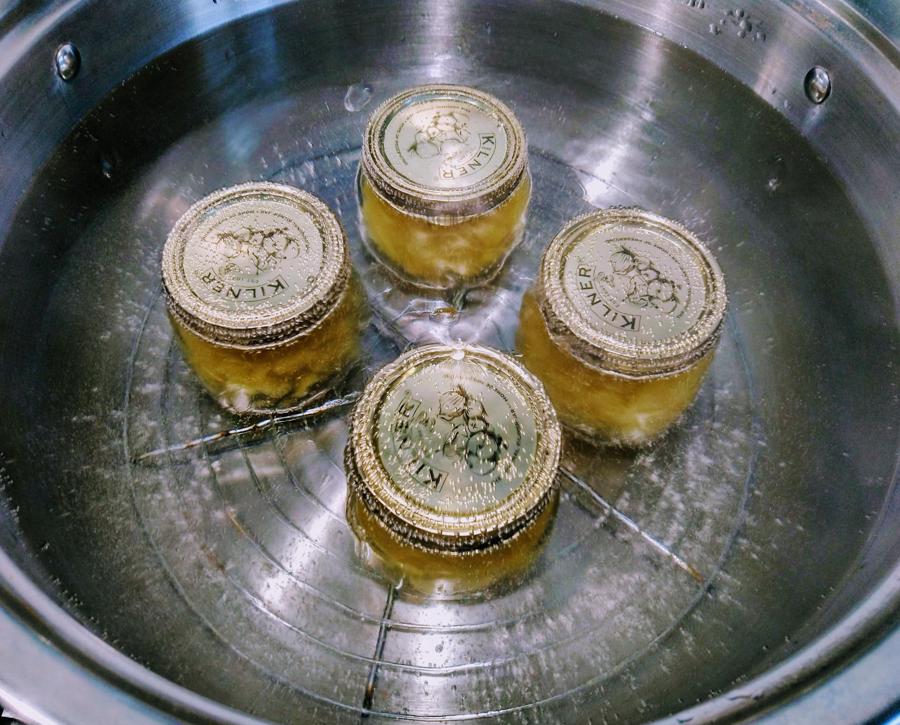When it comes to canning and pickling the small details can sometimes make a difference. The headspace in jars is something you may not pay much attention to but is more important than you might first think.
How much headspace you have in a jar will have an effect when it comes to processing in a water bath or pressure canner.
In this post, we will cover why headspace is important and what the headspace should be for the type of preserve you are making,
Table of Contents
What Do We Mean By Headspace?
The headspace is the gap from the rim of the jar down to the preserve or liquid that is being canned. The amount of air in this headspace is important for the way the jars seal.
When it comes to filling jars with any preserve you always get to the point where you have filled nearly all your jars and you have a little left. Not quite enough to fill a jar or a tiny bit that will hardly fill a jar.
The temptation to top up the jars to the top to make use of the surplus is strong but what this does is leave too little or too much headspace.
Why Is Headspace in Jars Important For Canning?
The amount of air left in a jar when it is filled will determine whether the jar gets a strong seal.
To seal jars for long-term storage we use a hot water bath or pressure canner. When jars are submerged and heated the air inside the jar is forced out which then creates a vacuum within the jar that pulls the lid on tight.
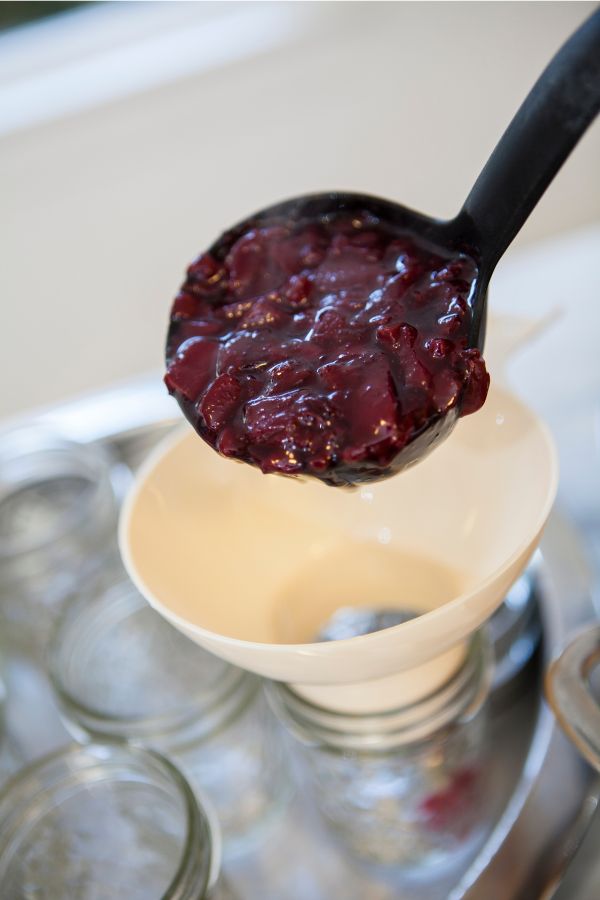
Overfilling Jars With Too Little Headspace
Overfilled jars are likely to result in the preserve you are canning escaping whilst it is in the hot water bath. As the pressure changes and the contents of the jar heats up, the lid is pushed up and the contents escape into the water bath. The result is jars that don’t seal properly because there is food around the seals and the loss of some of your preserves.
Underfilling Jars Leaves To Much Headspace
If there is too much headspace in a jar, when you come to submerge it in a water bath you tend to have the problem of insufficient air escaping.
To create a vacuum to seal the jar the air inside the headspace is forced out. If the headspace is too big not enough air is forced out to create the vacuum.
As we rely on this vacuum to create a strong seal you will find jars with too much headspace often don’t seal properly or need to be processed for too long to actually create a seal.
How Much Headspace Do You Need When Canning?
Many preserving recipes will indicate the amount of headspace required when it comes to filling a jar. What you are canning will determine how much headspace to leave.
If your recipe doesn’t state the amount of headspace to use when canning you can apply these general rules:
- Jams, jellies, marmalades, and things like these will need around 1/4-inch (6 – 7mm) headspace from the preserve to the lid.
- Acid preserves such as pickles, chutney, salsa, tomatoes, and fruits require a headspace of 1/2-inch (12 – 13mm)
- Low-acid food and meat that is to be pressure canned needs a headspace of 1 – 1 1/4-inch (2 – 3 cm)
Measuring The Headspace
With time you can make fairly clear estimates of the headspace in the jar just by eyeballing it. To be sure though you can use a small ruler or measure to insert into the jar.
You can buy a canning headspace tool that you can use to remove bubbles from jars and measure the headspace. I would say it isn’t necessary as the same thing can be achieved with a skewer or similar utensil.
When you measure the headspace you need to measure from the surface of the liquid, jam or brine up to the rim of the jar where the lid is going to sit.
When it comes to canning it is important to get these details right otherwise you may end up wasting the food that you are trying to preserve.
The temptation to fill jars right up or to top up jars can result in a headspace that makes getting a good seal on the jar difficult. If you follow the basic rules above you won’t encounter any problems when you are canning.
